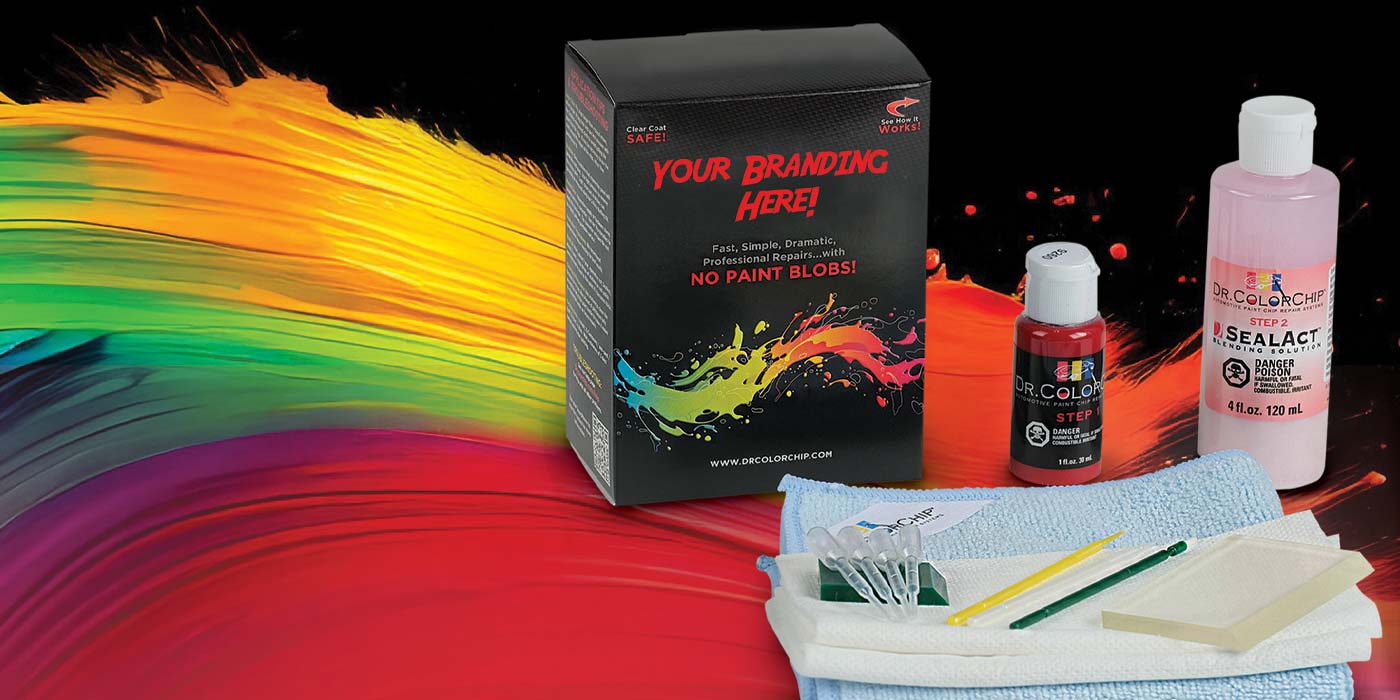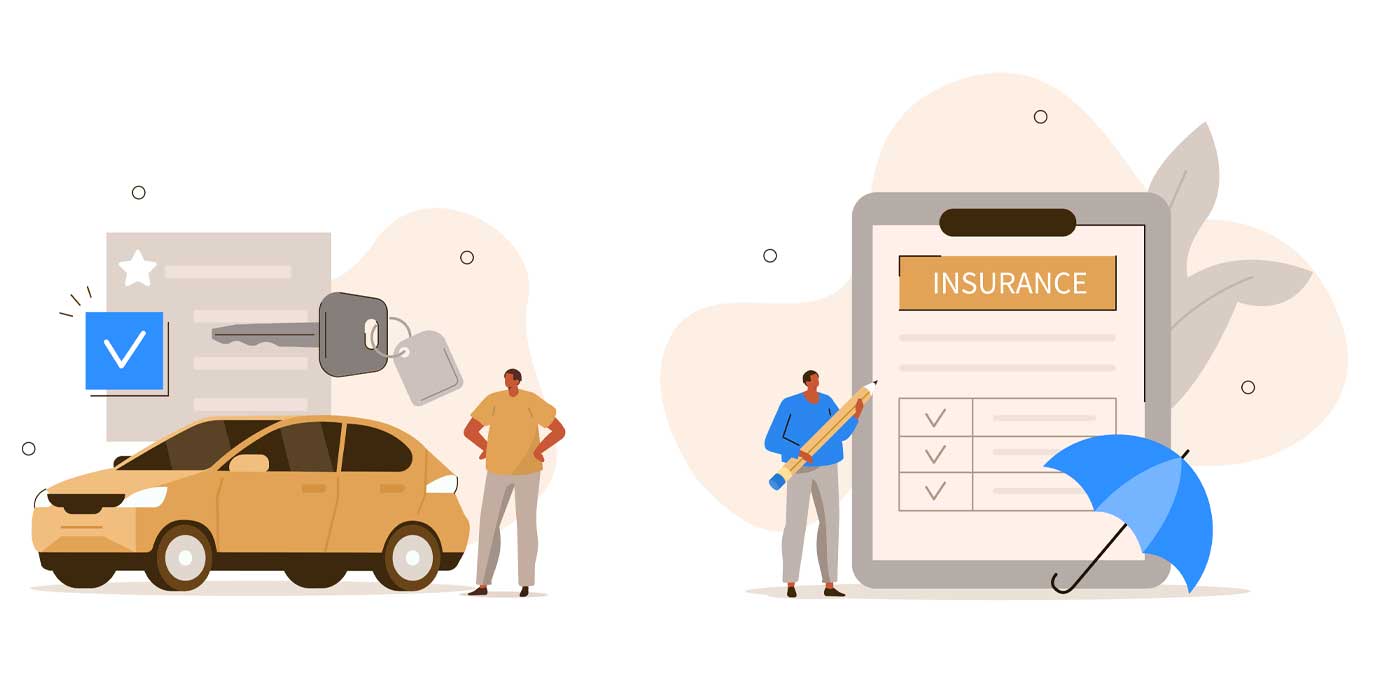Sometimes, activities seem to move along better where a nudge (noodge) is at work. A nudge pushes you to do your work, cut the grass (now) and get to the gym. Dealership performance motivator Tommy Gibbs says dealerships need a nudge, too, especially if improving used car profits is the end game.
The Free Dictionary reminds us a nudge is someone who:
- Pushes or pokes gently to jog another’s attention
- Gives reminders or encouragement
Gibbs calls this individual a “chaser” — they do the same job.
The chaser, the nudge, reminds, pushes and sometimes pulls colleagues to keep everyone on task. They help others meet their deadlines. They roll up their sleeves and solve bottlenecks. For used vehicle reconditioning, the chaser tracks down “lost sheep” of the flock — those units taken out of the flow to wait for parts, tucked away at the back of the lot or forgotten at sublets.
“A dealer has the power to fix anything they want to fix. A simple step to improve the situation is to hire a chaser,” Gibbs said.
Chasers will prove their worth in helping improve reconditioning outcomes. Their nudging will move processes along. You need this because long recon processes erode sales gross and limit inventory turns.
Assign a chaser to recon. The chaser’s nudging will help recon do cars faster which will reduce recon holding cost depreciation and other expenses by a couple of hundred dollars per car.
In today’s market, reconditioning must deliver a three-to-five-day cycle. This cycle starts when the vehicle enters the intake process and ends when it hits the sales line. Holding cost depreciation on the vehicle, however, starts the moment you write a check for it — to the seller, the lender or the auction house — until it sells.
You cannot control all those variables — when payments clear, the weather that delays the transport or when the car sells — but you can control what happens from intake to the front line. The chaser plays an important role in this cycle’s efficiency.
As general managers consider the benefits of centralizing recon, new challenges to the recon cycle time crop up. In order to keep cars moving through efficiently and expediently with accountability, a dealership needs the proper technology to automate, track and monitor each step of the recon process, from vehicle intake to its placement on the front line. The goal is this three-to-five-day time-to market workflow standard.
The proper leadership is also vital to controlling the recon process. Experience with hundreds of dealers and groups using this automation is evidence that, where the GM champions centralized recon and this three-to-five-day time-to-market cycle, recon costs go down, volume increases and so does used car sales profitability.
When considering a physically separate recon center to be operated by a recon center manager, best results flow from multiple stores sharing one set of recon resources. An option for high-volume single-store dealers is to give reconditioning its own footprint, as well. Where separate centralization is not feasible or possible, embrace a reconditioning workflow mindset and time-cost control accountability within the primary service department.
Benefits cited for centralizing recon are:
- Tighter control and accountability over processes, practices and people
- Less friction and less criticism among staff
- Faster time-to-market that improves sale margins, increases turn and streamlines open safety recall identification and resolution.
On an important aside, it is critical to time-to-market efficiency that the used car manager have a trustworthy individual (like the chaser) to stock in vehicles or record as trades via mobile phone into your reconditioning process at the same time they’re being stocked by the used car department.
Here’s the reason: You want to stock in cars into your recon process as quickly as possible — it may take the dealership management system (DMS) a day or more to do this. Efficiency must be measured from the time the vehicles arrive and enter recon, not when they’re finally noted in the DMS. This does not replace the need to have the car entered in your DMS by accounting but it does not depend on accounting’s actions to get the car started in recon. Once the DMS catches up, records are automatically verified and merged.
The chaser position is a $3,000-a-month-range role, but a critical one. The chaser would have solid mechanical knowledge, excellent people skills, attention to detail and the ability to communicate with the sales department and the service department.
The chaser is not a dedicated recon service advisor or technician, but an individual with a single-focus: Never let a car sit for even one day while it waits to go from service to clean up. If cleanup is backed up, the nudge kicks and screams until a solution is found, whereas the service adviser is thinking “next” regarding his or her own follow-on repair order opportunity to make money.
Because the chaser has a level of approval authority, they get things done to keep recon flowing.
“Many dealerships rely on the used car manager, service writer or, in some cases, the service manager to handle these duties,” Gibbs said, “and, for the most part, they do not have the time, expertise or focus on making it happen.”
Dealers may balk at this idea, adding new payroll. “But,” Gibbs asked, “how much do you have to save per car in recon or gain in days through recon for the chaser to more than pay for themselves?”
If you would like to learn about other strategies for improving used car operations through more efficient reconditioning practices, contact me.













